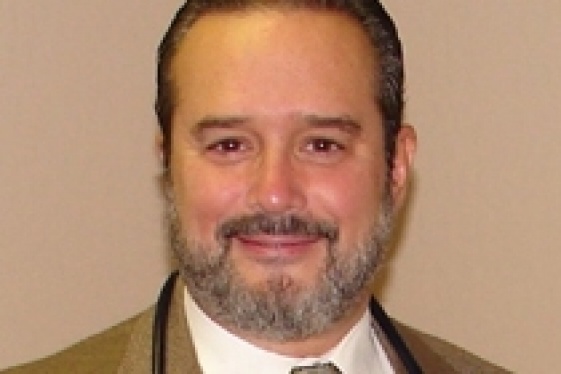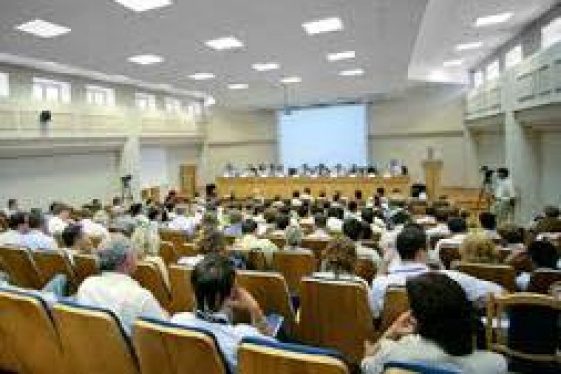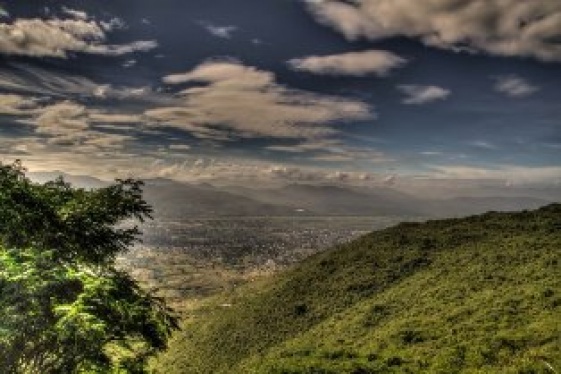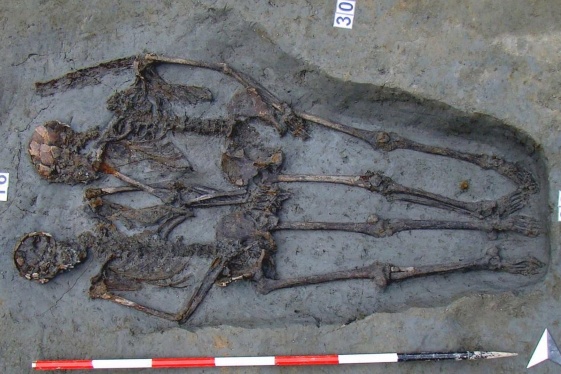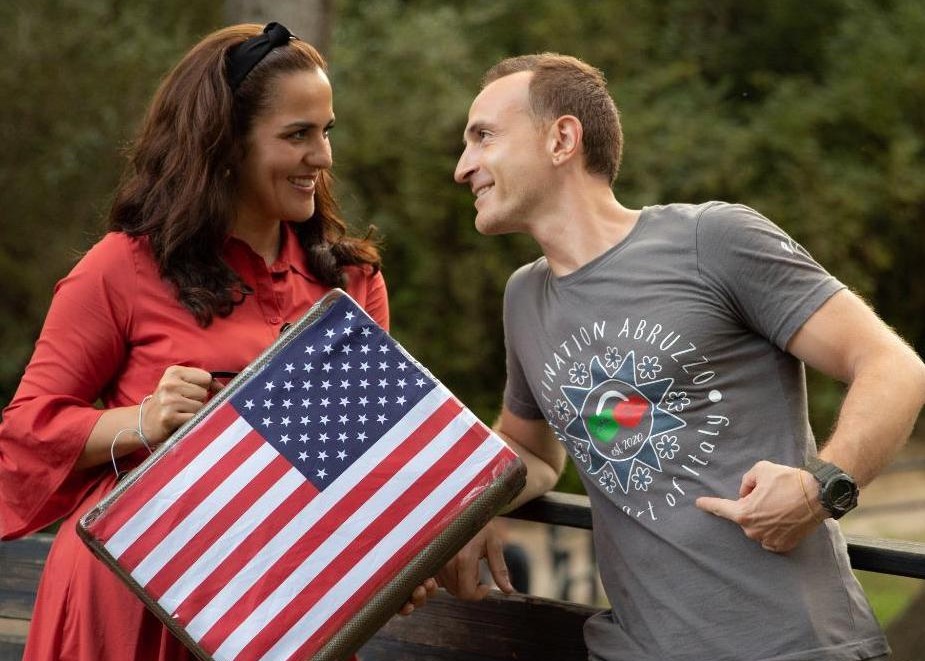

BY: Dom Serafini
The official release came out on December 21, 2021: "NASA Volunteer Crew Soon to Begin Simulated Journey to a Mars Moon." Photos of the four volunteers and individual biographies followed. Among these bios was one of Pietro Di Tillio, originally from Pescara, who resides in Metuchen, New Jersey together with his life partner, Angela Rapino (from Francavilla al Mare, a province of Chieti, both in the photo) and their son Giorgio.
The NATO biography describes Di Tillio's scientific activities, presenting him as a geophysical scientist and computer systems analyst for geographic data, who emigrated from Pescara in 2013, and delves into his collaboration with the U.S. Environmental Protection Agency, the federal government agency for environmental protection and human health.
Di Tillio emigrated to the U.S. after he and Rapino both won the lottery for a residence permit (Green Card) in 2012. He explained: "We graduated in December of the same year, and in January 2013 we moved to the U.S. We built our American life from scratch, without any assistance. In 2019 we also became American citizens, and now we are planning our lives between Italy and America."
Then the U.S. space agency goes on to explain the mission: NASA will simulate the journey to the Mars moon, called Phobos, with a volunteer crew of four who will work for 45 days inside a terrestrial habitat at NASA's Johnson Space Center in Houston, Texas. The mission will begin on January 28, 2022 in a facility called the Human Exploration Research Analog (HERA), which is designed to simulate the environment of real-world exploratory missions. HERA will host Di Tillio, as well as Jared Broddrick, Dragos Michael Popescu, and Patrick Ridgley, as they conduct scientific experiments and face the isolation and confinement of a long space mission.
Once the habitat doors are closed, they won’t reopen until March 14, 2022. Di Tillio will leave for Houston on January 9, and once inside HERA, he will be able to communicate with his family only once a week and only by landline (cell phones and Internet are not allowed). Towards the end of the mission, delays in communications with the family will be simulated to better render conditions in space.
"This HERA mission teaches us how teams work in an autonomous environment where they have limited contact with Earth," explained Brandon Vessey, head of NASA's Human Research Program. “What we learn will inform how future exploration missions beyond low-Earth's orbit are performed. This will help ensure that our astronaut crews can work effectively through challenges unique to long-duration spaceflight, including communication delays HERA will perform 15 total studies. The data collected will help prepare astronauts for the Artemis missions, which are explorations on the Moon (including trips to the lunar outpost planned for the Gateway program) and missions to Mars, " Vessey concluded.
You may be interested
-
'Phantom Limb': A Conversation With Dennis...
Dennis Palumbo is a thriller writer and psychotherapist in private practice. He's the auth...
-
Arnaldo Trabucco, celebrated medical practit...
Arnaldo Trabucco, MD, FACS is a leading urologist who received his medical training at ins...
-
Exciting Palatine. Interview with Clementina...
You can tell she fills with excitement when she has the chance to show an important archae...
-
ISSNAF medical imaging science chapter meeti...
AGENDA 12.00 – 12.15 Light lunch12.15 – 12.30Welcome addresses Lorenzo Mannelli, MD, PhD...
-
Italy, the importance of innovation for agri...
by Claudia Astarita The food farming sector is still one of the engines of Italia...
-
'Extinct' volcano near Rome is waking up and...
A volcano near Rome thought to be extinct appears to be waking up and entering a new erupt...
-
'Lovers of Modena' skeletons holding hands we...
The “Lovers of Modena”, a pair of skeletons so called because they were buried hand-in-han...
-
'Saffron tourism' takes hold in Italy, harves...
Saffron tourism is the holiday of choice for a growing number of people fascinated by the...




